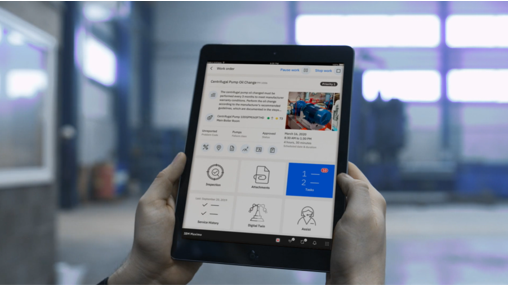This is the first of 3 articles outlining the configuration of Maximo to align with a number of Asset Management best practice elements. The approach is to be general to cater for a wide audience who may have backgrounds across multiple industries. By no means is this an exhaustive list however I am hopeful that you are able to gain some insights that may help you in your particular situation.
Identifying and understanding what best suits your organisation to obtain asset management best practice
What is of the utmost importance is that you get the foundation right and to configure this to suit your organisation. The correct setup can be leveraged multiple ways and ensures you gain the best return from your investment now and into the future. Understanding your Asset Management strategy and long terms goals helps guide how the setup now delivers for the future and is essential to achieving asset management best practice. Investing the time getting this right from the outset pays dividends.
Establishing an asset hierarchy
The starting point for Maximo is getting the hierarchy setup correctly to work for your organisation. The standard setup is a Location/Asset hierarchy with further parent/child like ability to breakup at a higher level into site and organisation. In most cases the one organisation is sufficient however the decision to entertain multiple sites is often because the system caters for multiple types of businesses. This has advantages but can also be problematic so the decision around further complexity needs to be thought through carefully. Locations are best used to differentiate between different physical addresses and then assets cascade below this.
There is no limit on the number of asset levels however there needs to be some compromise in order to be practical. A general rule is having drill down capability to the maintainable item however regulatory, safety or critical assets requirements may dictate further detail. Be mindful too low a level makes it difficult for users to be effective. Historically the practice was to have more detail, however in recent times there has been a general movement to roll back up to assist useability ensuring work is completed against the right asset level. It is far easier to expand into further detail later than roll back up.
As an example, a building may look like the following;
campus (location) > building (Asset) > level (Asset) > room (Asset) > position hierarchy (Asset)
Grouping assets according to functionality or location
Maximo has a multi-dimensional approach to hierarchy development. In addition to the discussion so far is a functional location and system option. Ideally you use asset classification to group like assets together. Where work groups are aligned by asset type, these users can view their assets in this fashion providing the functional view. If you prefer to view assets and locations related via systems this is available by easily configured grouping.
The other main consideration for asset hierarchy setup is alignment to your asset register. Often this is dictated by the financial system so any related decisions are often more about alignment to what is already established. The elements are within standard Maximo to fit into common business process around acquisition and disposal of assets. Making this link is vital to reducing overhead associated with keeping the register current.
The importance of a consistent naming convention and recording asset attributes
There are 2 further discussion points that are vital to align to asset management best practice. A consistent naming convention is key to delivering complete asset related data. An inconsistent approach here makes it difficult to analyse historical failure information. Discrepancies often occur here through business acquisition where one business calls an asset one thing and another calls it something different. Industry standards ie iSO14224 for oil and gas is an example of a guide that can be used to settle differences that might exist under these circumstances. The flexibility of Maximo also allows the use of a tag name where old habits are hard to change.
Recording asset attributes is also key to future analysis and configuration management. These are all configurable and can align with your industry. As an example, it is often handy for water authorities to know the material type of an underground pipe , soil type around the pipe and pipe diameter. When you go to add a new asset into Maximo, naming conventions and attribute data unique to that asset can all be configured to be auto generated.
Furthermore there are rotable type assets, GIS and BIM that are all topical and part of the same conversation depending on their application to your industry.
Keep an eye out for part 2 which will cover schedule compliance – how you can complete your work on time. In the meantime, contact BPD Zenith for any further information in any of these areas.




